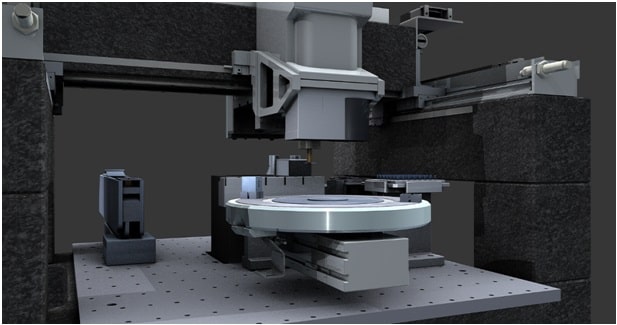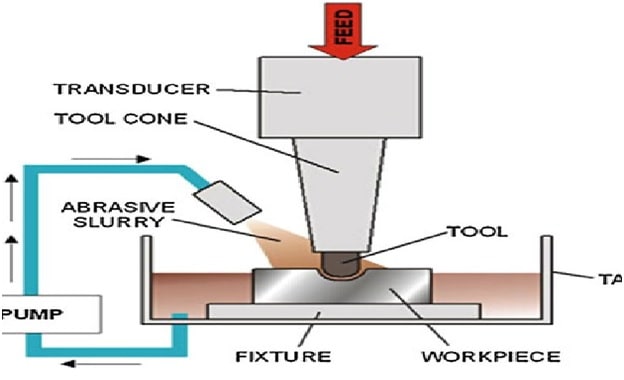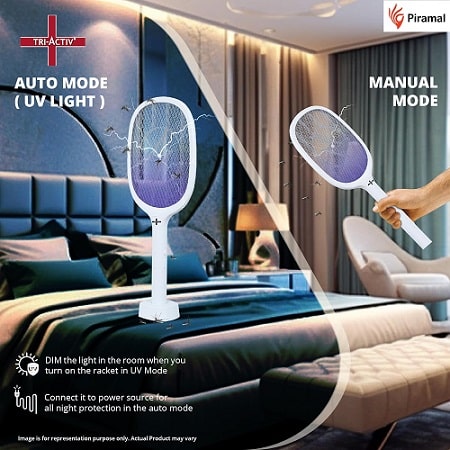There are two main types of machine processes or procedures that are employed in manufacturing industries, namely conventional and non-conventional machining. Both have their pros and cons, and areas where they are more suitable than the other.
What is Non-Conventional Machining?
It is a special procedure that involves no direct contact between the tool and the workpiece. In this process, a form of energy is used to work on the workpiece. Common energy forms employed in this technique include electrical, heat, electrochemical, light, sound, chemical, and special mechanical energy. Visit https://energyfaculty.com/electrochemical-energy/ to learn more about electrochemical energy.
Development of Non-Conventional Machining
Humans and the manufacturing industry have a long history with conventional or traditional machining, and in fact, this process has played a big role in material civilization and human production. It is through this procedure that we have been able to manufacture:
- Household appliances like refrigerators, air conditioners, washing machines, etc.
- All kinds of equipment and weapons like rockets, guns, tanks, etc.
- Transportation tools like trains, cars, planes, etc.
The traditional method employs a cutting force and mechanical energy to remove the excess metal to get the required surface roughness, shape, or size for the workpiece or material. For this process to be successful, the tool must be stronger than the material or part being worked on.
But as science and technology began to advance, the need for more precise materials grew stronger. Many industrial sectors, especially the defense industry require products to be made with higher precision and faster speeds. These materials should be able to withstand extreme temperatures and pressure.
Because machine designs became more complex, they required miniature parts that ordinarily cannot be produced with the conventional or traditional method. These parts were not only too small but also had complex designs themselves. Thus, manufacturing industries were faced with a huge challenge. They were to solve:
- The problem of working on difficult materials like titanium alloy, hard alloy, quenching steel, stainless steel, resistant steel, precious jade, germanium, silicon, quartz, diamond, and other non-metal materials. These materials have high strength, hardness, toughness, and brittleness, which make them extremely difficult, or perhaps, impossible to machine using the traditional process.
- The machining problem of complex surfaces, such as the hole with a special section on cold drawing and punching dies.
- The problem of creating various parts with superfine or special requirements. The aerospace industry is known for its need for parts with special requirements, especially when it comes to precision and surface quality.
To solve the above problems, there was the need for a new process, and this birthed the non-conventional process.
Characteristics of Non-Traditional Machining
The following are some of the characteristics of this process:
- The workpiece can be processed directly using several forms of energy including light, electric, sound, and electrochemical energy.
- The workpieces seldomly produce thermal or mechanical deformation. This is helpful because it improves the surface quality of the workpiece as well as the accuracy of the procedure.
- The hardness of workpieces can be significantly higher than the materials of the tools.
- It is possible with every new source of energy produced.
- Different methods can be combined to make new procedures.
Due to the above characteristics, this method can be employed successfully to work on both metal and non-metal materials of any strength, toughness, hardness, and brittleness.
Types of Non-Conventional Machining Processes
There are several types ofnon-conventional machining processes. We’ll list them out and go over a few of them. Companies like the UHI Group use them to create high-precision parts for automotive, aerospace, medical, and other industries that require parts with complex designs and specifications.
- Mechanical energy-based process:
- Abrasive jet machining (AJM)
- Ultrasonic machining (USM)
- Electrochemical energy-based process:
- Electrochemical grinding (ECG)
- Electrochemical machining (ECM)
- Chemical energy-based process:
- Chemical machining (CHM)
- Thermo-electric energy-based process:
- Plasma ARC machining (PAM)
- Laser-beam machining (LBM)
- Ion-beam machining (IBM)
- Electron-beam machining (EBM)
Mechanical Energy-Based
 Abrasive Jet Machining (AJM)
Abrasive Jet Machining (AJM)
In AJM, abrasive particles or materials are made to impinge on the workpiece at a high velocity. These particles are carried by a carrier air or gas. To achieve the high velocity of the abrasive particles, the pressure energy of the carrier air or gas is converted to its kinetic energy. Using a nozzle to direct the abrasive jet, the abrasive particles remove the workpiece by micro-cutting. The distance between the workpiece, nozzle, and impingement angle can be adjusted as desired.
Advantages of AJM
- Can be used to cut heat-sensitive workpieces
- Can be used to cut hard materials like glass, composites, and ceramics
- A great option for materials incapable of withstanding high temperatures
- Low initial cost
- Complex shapes can be produced using this method.
Disadvantages of AJM
- Metal removal rate is low
- Nozzle wears off rather quickly
- Not suitable for mass production as maintenance requirement is high
- IT is expensive
- Size of flares can increase
- Workstations must be cleaned more frequently.
Ultrasonic Machining (USM)
This is an abrasive or mechanical material removal process employed to erode cavities or holes on workpieces that are hard or brittle. This is done using an abrasive slurry, shaped tools, and a high-frequency mechanical motion. This process caters to the increasing need for machining brittle workpieces such as polycrystalline ceramics, crystals, and glass, to create intricate shapes. Click here to learn more about polycrystalline ceramics.
In this process, a tool is pressed down on the workpiece. This tool vibrates at an ultrasonic frequency from anywhere between 19 and 25 kHz, with a low amplitude of between 0.0125mm and 0. 075mm. Ideally, the tool is shaped like the hole or cavity to be created on the material.
Advantages of USM
- There’s no stress on the workpiece after machining
- Operators can obtain good surface finishing and accuracy
- Ultrasonic machining is economical
- Can work on both conducting and non-conducting workpieces
- USM can be employed on extremely hard materials
- It is a noiseless process without heating and any chemical reactions. Hence, it is environmentally friendly.
Disadvantages of USM
- It isn’t suitable for materials that are soft and ductile
- This process consumes much power
- USM cannot be used for large cavities as metal removal rate is low in this process
- Tools don’t last long
Final Thoughts
As we’ve established the non-conventional procedure provides greater accuracy and precision. However, it costs significantly more to finance this operation. Also, it requires advanced operational skills and can be quite complicated to set up. That said, the benefits that industries can enjoy from this procedure far outweigh these minor setbacks.



